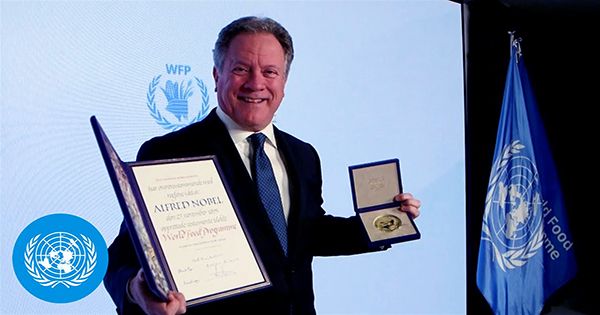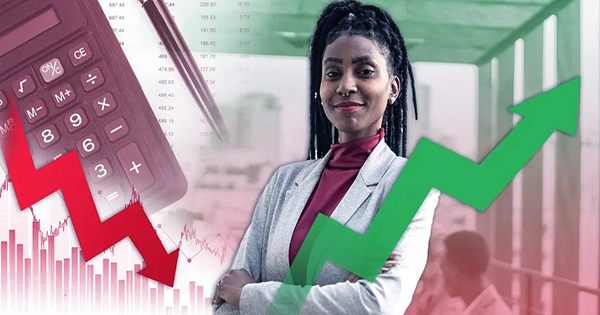Let us say you have $1,000, and someone offers you $20 in exchange for saving tens of millions of people from starvation. Outside of a feeling of kindness for your fellow people, you do not get much out of it, but hey, it is just $20. So, what exactly do you do? Elon Musk presented with this decision a few weeks ago when he received a call from the UN Food Scarcity Organization, which he replied with a challenge: “Show me where the money is going, and I’ll pay up,” he said. The UN’s World Food Program (WFP) has provided a summary of their $6.6 billion expenditure plan on their website, so it appears his bluff has called.
To summarize, at the end of last month, WFP Executive Director David Beasley appeared on CNN personally urge billionaires like Musk and fellow space traveler Jeff Bezos for money to feed hungry people across the world. Musk’s personal fortune exceeds that of the bulk of the countries on the WFP’s list — and only 2%, or $6.6 billion, according to Beasley, would be enough to feed 42 million people presently suffering famine and hunger. As Beasley pointed out, if Elon could enlist 399 of his fellow billionaires, that only 36 cents out of every $100.
Musk then listened to the request and responded with a challenge: “If WFP can explain precisely how $6 billion would eliminate world hunger on this Twitter thread,” he added, “I will sell Tesla shares right now and do it.” Beasley instantly rose to the occasion, urging Musk to visit him “in the field where you can witness [the WFP’s] people, procedures, and yes, technology, at work,” in a Twitter thread. He emphasized the organization’s decades of expertise and Nobel Peace Prize, as well as providing Musk with some basic calculations on where the numbers came from.
Musk requested that the WFP “share [their] current & projected spending in detail so people can see exactly where money goes,” and Beasley responded that the WFP was a “open book” and Musk may “feel free to check them up.” Beasley noted, “WFP’s financial accounts and operating documentation are all public.” “Independent evaluation reports, audits, and yearly global/country performance reports are also available. The previous ten years are all available at wfp.org.”
Musk wouldn’t have seen just that on the website: an executive summary of the $6.6 billion plan had been released by the time Beasley was tweeting, detailing exactly how much the WFP planned to spend in the top 10 of the 43 nations expecting to get WPF cash in 2021. More than half of the total, $3.5 billion, is set out for food and delivery, with another $2 billion allocated to cash and food vouchers, allowing individuals to purchase food while also encouraging the local economy. The remaining funds would used to cover management and administrative expenditures both locally and globally.
Under normal conditions, the WFP fully supported government donations, with a smaller amount coming from corporations and individuals. This year, they have only managed to rise around three-quarters of the sum required — the $6.6 billion Musk needs to persuade would make up the difference. With the WFP plan being re-publicized, all eyes are on Musk to see if he keeps his word. The internet mogul has already failed to follow through on some of his most extravagant charity commitments, admitting that any “big payments” will not seen until he is in his 70s.
















